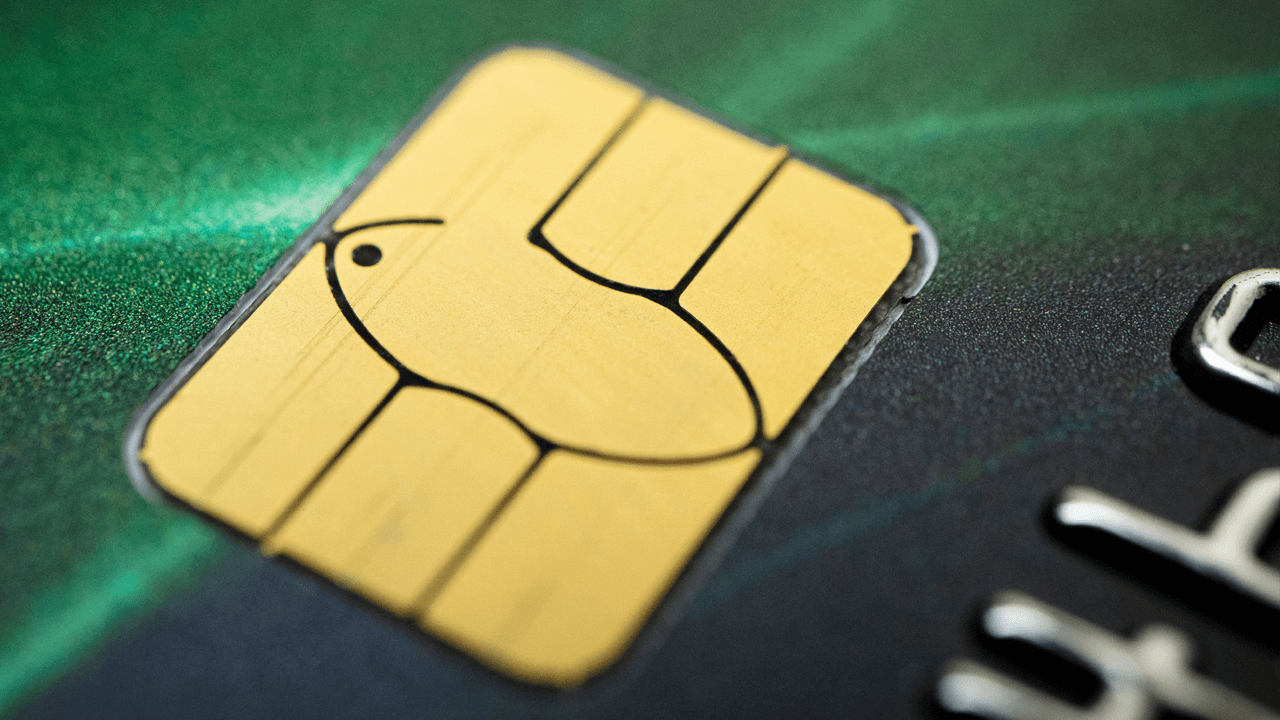Visa and Mastercard remain the most prevalent payment options in Europe. Even though their usage varies across different countries, they have a solid footing among the consumers’ preferred methods to pay for goods. That said, for a long time Europe has been looking for ways to even out — or at least tip — the scales in their favor. So much so, that the European Union has been upfront about its intention to challenge the duopoly in the payments industry. Initiatives such as EPI (the European Payments Initiative), continuous push for open banking adoption, and, most recently, a new instant payments law proposal are propelling this quest further.
However, Europe’s dependency on the dominant payment processing duo is not as mighty as it may seem at the first glance. If we were to analyse the EU’s payments landscape, we would see that there is quite a solid number of countries, where an overwhelming majority of online payments are done without using cards.
For instance, let’s take the Nordics, where Sweden and Finland are dominated by non-card payments. Finns in particular show high trust in their banks and this is very well reflected in their preferred payment methods — Verkkopankki, a Finnish online bank transfer system, accounts for about half of all e-commerce purchases.
Then there are the Baltic states, with Lithuania at the forefront with over 80% of all payments done using open banking solutions. In Central Europe, Germany and the Netherlands stand out; Germans prefer using various digital wallets, while Dutch consumers have been favoring iDeal - an e-commerce payments system — enabling direct bank transfers from the bank.
Europe has a strong offering of alternative payment methods (APMs) that are household names and have been adopted by the majority of individual customers shopping online. Among examples, there is the aforementioned iDeal in the Netherlands, Swish in Sweden, and Giropay in Germany. In general, APMs have been largely successful in helping to bring costs down for merchants, increasing healthy competition, and offering more convenient ways for end-users to pay.
Fertilising grounds for innovation
The EU has been continuously streamlining new initiatives and regulatory policies to provide faster, more secure, and more transparent payment options for consumers and merchants alike. Nowadays, the European Payments Council has been doing quite a lot to promote instant payments (IPs). Having this take shape in the form of European Commission regulation — the proposed instant payments law — will certainly put additional pressure on traditional banks to adopt instant payments, in turn clearing the way for novel solutions.
That said, it is difficult to speculate whether market players will be able to adhere to the policy's ambitious deadlines. A lot will depend on how each EU country will introduce the new laws to their own local regulatory framework.
For the new law to work, it is essential to understand where banks stand as well. While the majority are not against deploying IP, most will face challenges when upgrading their legacy payment systems, especially the ones that have hundreds of branches across the country — ultimately, a costly endeavor.
Also, even though only 61% of European Payment Service providers have joined the IP network and only around 14% of all SEPA payments are IP, a lot of the European countries have their own IP clearing schemes, meaning, users have an instant payment experience within their local banks. Hence, if most of the payments that banks process are within their own state, there might not be a good business case for the upgrade.
Therefore, the biggest benefit of wider IP adoption will actually be cross-border SEPA payments between banks in different countries that, currently, still often use slower batch-processing SEPA Credit Transfer scheme.
One thing is clear — the submission of this proposal itself is a clear sign from the European Commission that faster deployment of IP should become a priority.
Staying the course
In retrospect, the EU has already done quite a lot to strengthen its position in the payments market. For example, driving the card scheme prices down for merchants in Europe; the interchange for debit cards used online now cost 0.2%, in comparison to 1.15% or more with cards issued in other parts of the world.
With regulators further refining the regulatory environment, fostering competition, and giving a clear direction on what to focus on next, Europe’s ambition to become the leading party in the payments space is not so far-fetched.
Of course, VISA and Mastercard have not been sleeping on what has been happening in Europe as well. If we were to look at the companies they have acquired in the last few years, most of them are related either to local payments or open banking providers. While their focus remains on cards, both companies are staying on top of market trends and looking for the best ways to tap into the open banking part of the payment business.
All in all, this market dynamic will undoubtedly lead to some intriguing developments in the payments space, giving us all room for justified excitement in anticipating what’s next.



Would you like to write the first comment?
Login to post comments